We at Enerdata are proud to share our partnership with two local publications based here in Grenoble, France, where we have our headquarters. The Encyclopedia of the Environment and the Encyclopedia of Energy both bring high-quality, scientific writing by academic experts to the public in multiple languages.
Through our partnership, Enerdata is sharing a selection of these articles here, which we think will be of use to our clients, partners, and readers.
Articles from both Encyclopedias on a variety of topics are available below in both English and French. More articles will be added regularly, so check back often!
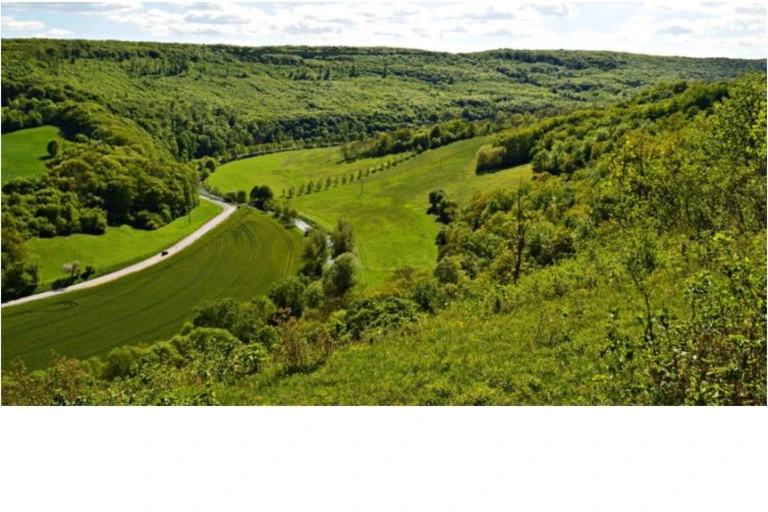
Ecological networks: how to reconcile biodiversity conservation and land-use planning?

The root system of plants: from the shadows to the light
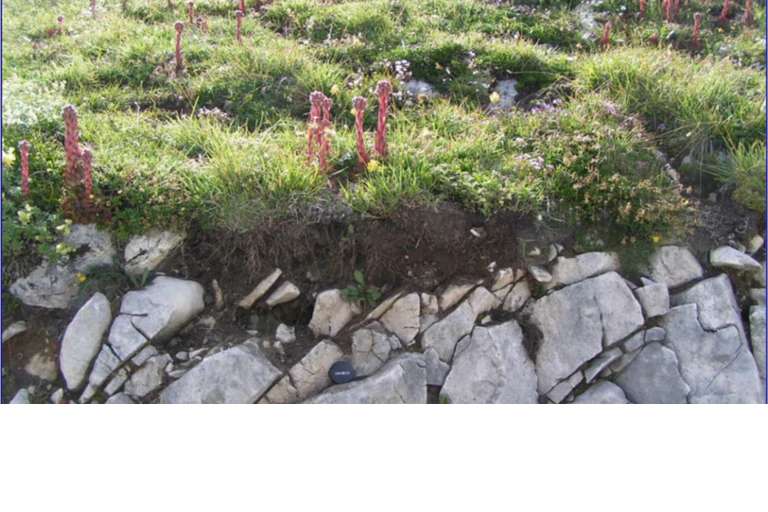
Soil formation in temperate climates

Environmental constraints and oxidative stress in plants
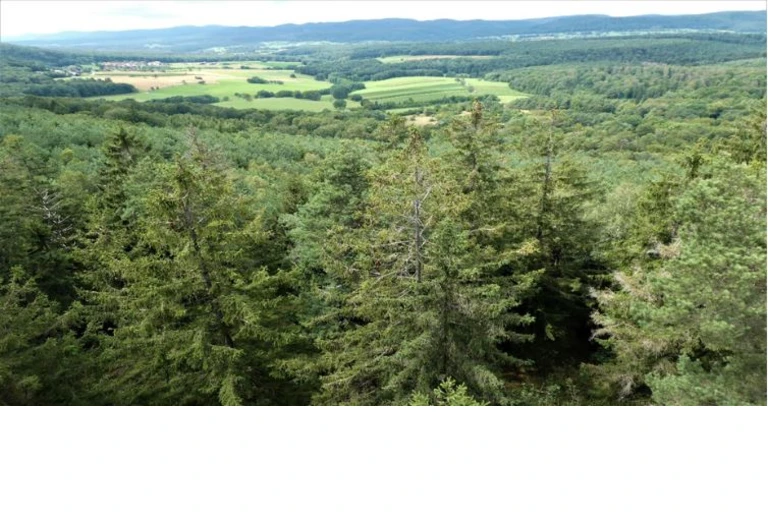
Plant resistance to stress: role of respiration
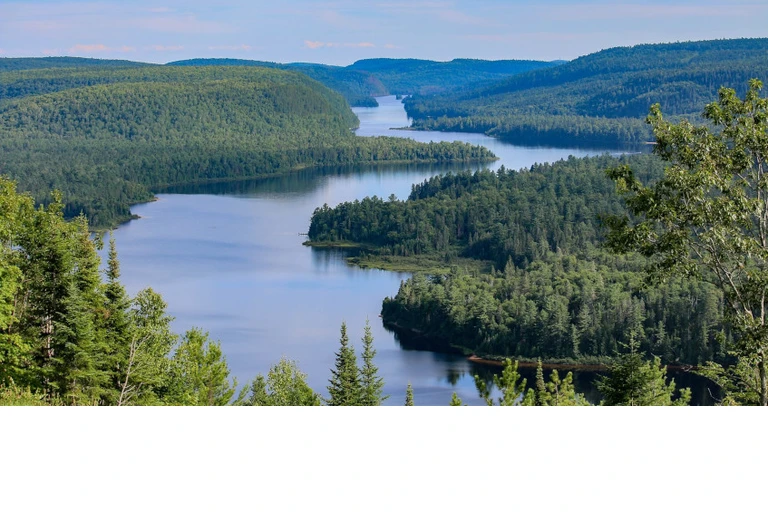
Role of forests in the planet's carbon balance

Global governance of our planet’s climate
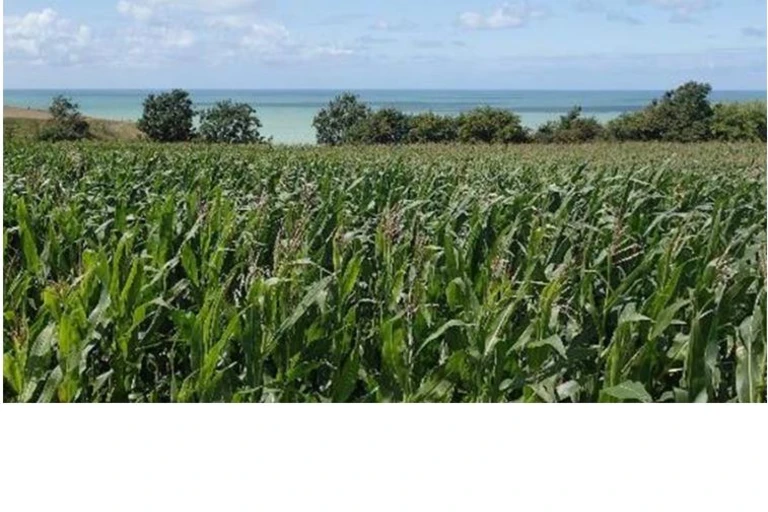
Impacts of agriculture on biodiversity and ecosystem functioning

The flight of birds
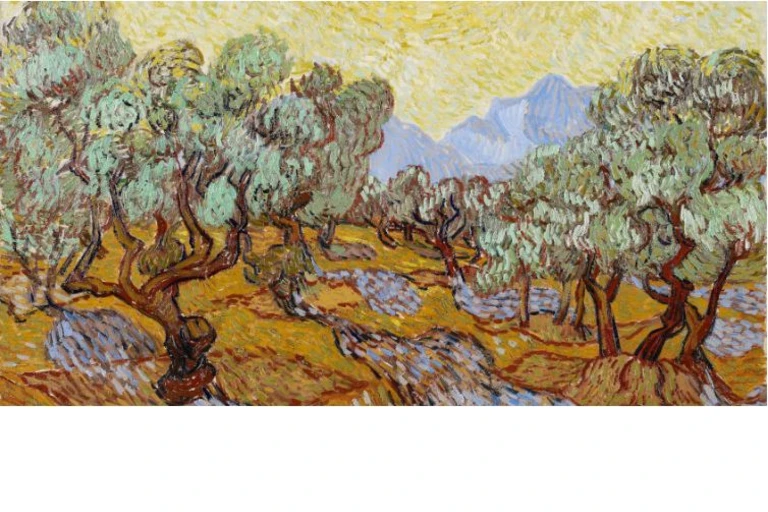
Plants water needs
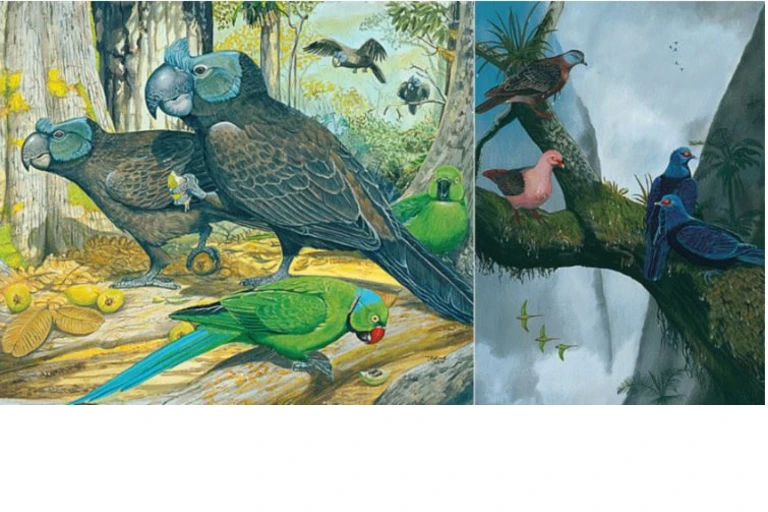
How vertebrate extinctions threaten tropical forests
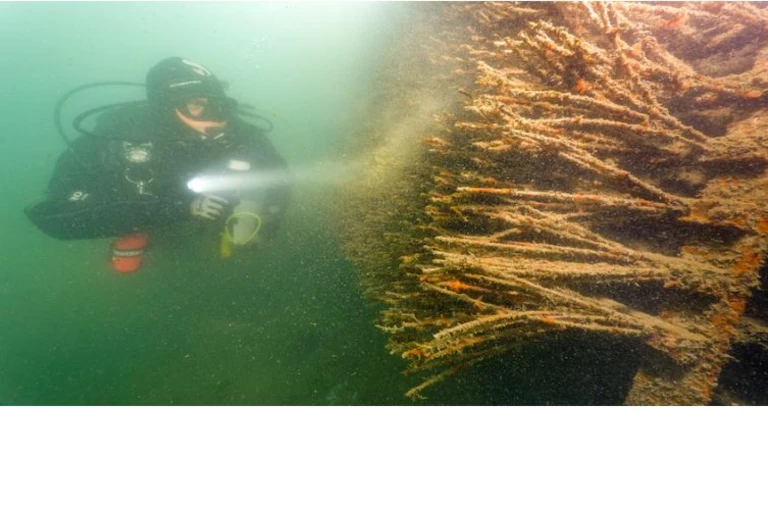
 Energy and Climate Databases
Energy and Climate Databases Market Analysis
Market Analysis